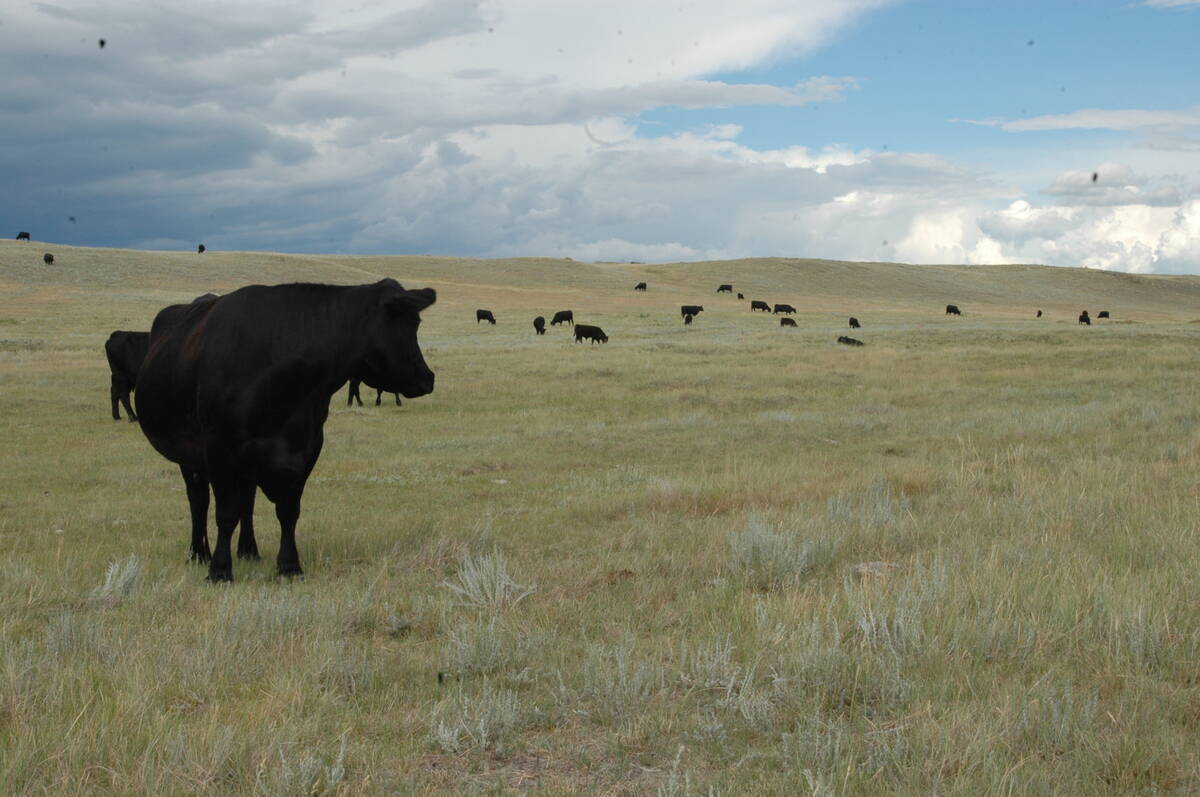The time may have come for a Canadian pork grading system.
A standardized meat grading system has the potential to add value to every cut and pay farmers more for producing the right kind of hog for the right market.
“It is beyond what anybody else is doing in the world. It is a challenge for us, but it is achievable,” said Michael Young of Canada Pork International.
A planning session will be held in Calgary Jan. 28, where producers, processor, genetic companies and research scientists can start to talk about a national pork grading system.
Read Also

Saskatchewan Cattle Association struggles with lower marketings
This year’s change in the provincial checkoff has allowed the Saskatchewan Cattle Association to breathe a little easier when it comes to finances.
“It is nothing yet. It is a concept,” Young said at Alberta Pork’s annual meeting in Calgary Nov. 5.
Canada exports more than 60 percent of its production with most being high quality pork to markets such as Japan, Mexico and the United States.
Each customer has different specifications, and a grading system could help select particular quality attributes such as marbling or leanness.
Canadian processors may not want a heavily marbled pork leg because it does not hold brine well, but other markets with different cooking methods may prefer it.
A grading system would not likely replace packer grading probe calculations, but it could enhance the payment grid to increase the supply of specific quality grades.
“It doesn’t replace the grading probe information. That is be-tween you and the packer,” said Alberta Pork chair Frank Novak.
Grades could consider yield, meat and fat colour, firmness, marbling, leanness and youthfulness. The grades would have to be developed on a value added approach and could focus on specific cuts.
A grading system would probably require a third party group to verify it, said Novak.
Technology is already available to assess quality, and the pork industry must decide what it wants and what will work best in the Canadian system, he added.
“There are so many diverse uses for pork. There really is no such thing as a one size fits all pig, and it doesn’t have to be for people to win,” Novak said.
“There is a mentality (that) we all have to be the same, but the reality is we are not.”















